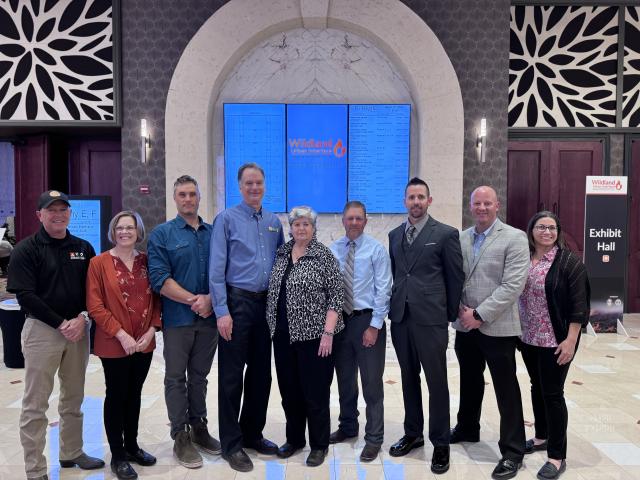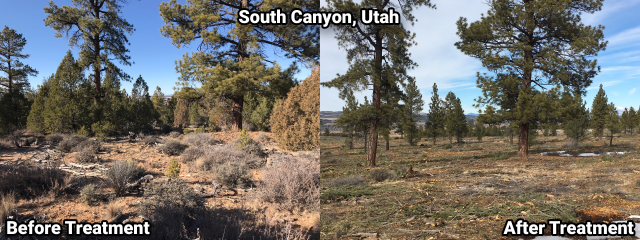Related Stories
- Aerial Sagebrush Seeding Helps Restore Robertson Draw Fire Burn Area
- On the Arizona Strip, Now is the Time for Fire and Fuels Work
- Long-term partnership between BLM Fire and United States Air Force builds national firefighting capacity and accomplishes critical fuels work
- Enhancing Wildland Fire Response: Modernizations to Wildland Fire IT
- Connecting Utah students to public lands careers
Office
440 West 200 South, Ste. 500
Salt Lake City, UT 84101
United States
Phone:




